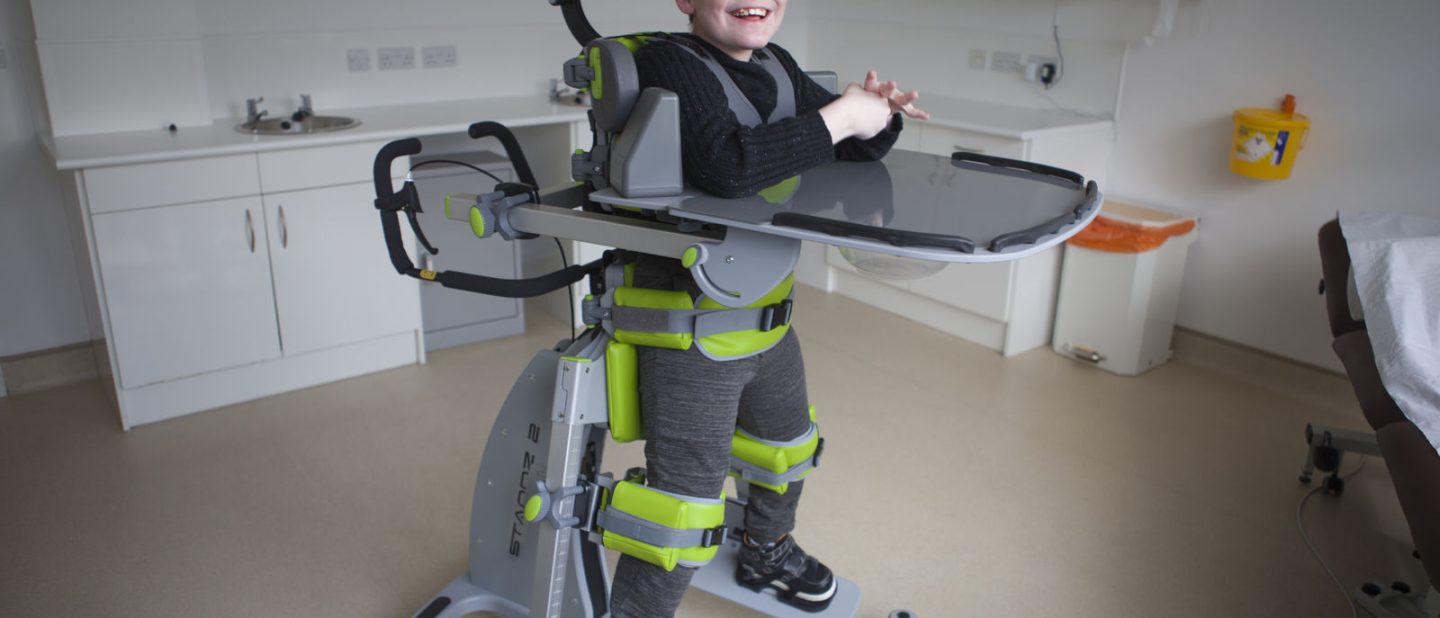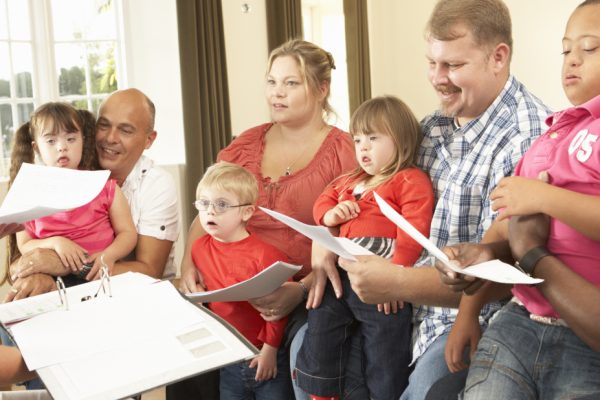
The importance of postural management
By Richard Harvey
What is Postural management?
Postural Management is the holistic approach to managing the posture, movement and function of those who cannot do this by themselves, 24 hours a day, 7 days a week.
Why is it important?
The biggest factor that impacts our posture throughout the day is gravity. Posture is the attitude and configuration of the body against the constant struggle from the force of gravity. This is why it is crucial to manage someone’s posture over a 24-hour period, as we are under the force of gravity continually.
There are so many benefits to good postural management in terms of health and mental wellbeing, but all of those benefits can be categorised into three main aims;
Function: Allowing a child to be as independent as possible, whilst allowing them to develop and enhance their motor skills.
Minimise Damage: Without a robust postural management plan, there are risks that the human body can deteriorate. The constant weight of gravity can deform the skeleton and impact on the elasticity of muscles.
Reduce Energy Expenditure: If a child is using a great deal of energy just to hold their sitting balance, this can cause tiredness. Fatigue can dramatically disturb their ability to play, engage with education and work on their therapy goals. This is a balance between allowing a child to work and develop their muscles, but being supportive enough to allow this development.
Other health benefits include:
Respiration/Digestion/Circulation: Internal organs function much better if they are not compressed through poor posture.
Bowel and Bladder function: Constipation and discomfort has such an impact on our health and general mood. Adopting multiple positions throughout the day enables gravity to work in our favour, allowing postural drainage.
Bone strength: More weight-baring postures have been proven to increase bone mineral density in developing children.
Mental health: A lot of children that are non-verbal rely upon eye contact to communicate. If a child is in a poor posture and their gaze is directed at the floor, it can completely cut them off from the rest of the world. Being able to engage and interact with peers and siblings is more stimulating and will aid in social development.
Following the postural management plan set out by your therapy team in conjunction with the right piece of equipment can really have a positive effect on your child’s happiness and comfort levels.
Richard Harvey is the National Clinical Training Manager for Jenx.
MEDIFAB’S TOP FIVE TIPS FOR CHOOSING POSTURAL CARE EQUIPMENT
The world of postural care equipment is a big one, and often the number of options out there can feel overwhelming. While certain products will have unique features and functions, a lot of the time it’s the basics that can be overlooked. These are some tips to help you buy with confidence.
- Less is more
Simplicity is key, so whether it’s adjusting for growth or adjusting to support development, the fewer tools required the better. Look for products that are simple to adjust, ideally with no tools at all, where possible. Having a product that is as easy to adjust as possible means it will be more supportive, more of the time. Be sure to check and ask how easy products are to adjust when trialling them and make sure you have a go yourself.
- Keep it challenging
We all need to practice to learn new things. When thinking about postural care equipment, particularly for sitting and standing, it is important that a child has the opportunity to develop and work on new skills. Make sure when choosing a new product to not only consider the support the child needs at times of rest, but consider how easy that support can be adjusted or taken away when it’s time to do some work and play.
- Grow with the flow
Children’s needs will change and develop and it’s crucial their supports can keep up with them. Having a product that is both capable of growing with the child and easy to adjust, means they can continue to be supported in a familiar piece of equipment over a longer period of time.
- Bright, fun and easy to clean
Having a product that looks and feels like something a child would use makes the world of difference. Bright, bold colours and customisations can go a long way in making a piece of equipment feel like something a child wants to use. Also be mindful that something may look great when it’s new and unused, but really how easy is it to clean and maintain?
- Goals Galore
When thinking about a new piece of equipment, think of the goal you are trying to achieve with it. Having a clearly defined goal gives better justification for accessing funding whilst ensuring we have an established purpose for its use.
Children around the world use Jenx postural care equipment to help them develop and thrive. Medifab is proud to bring this amazing range to Australia and will be at stand 127 at the Melbourne Source Kids Disability Expo this weekend. Stop by and say hi.
With more than 150 exhibitors, there is plenty to see at the Source Kids Disability Expo in Melbourne this weekend. It’s not too late to register for this free event. Click here for more info.







